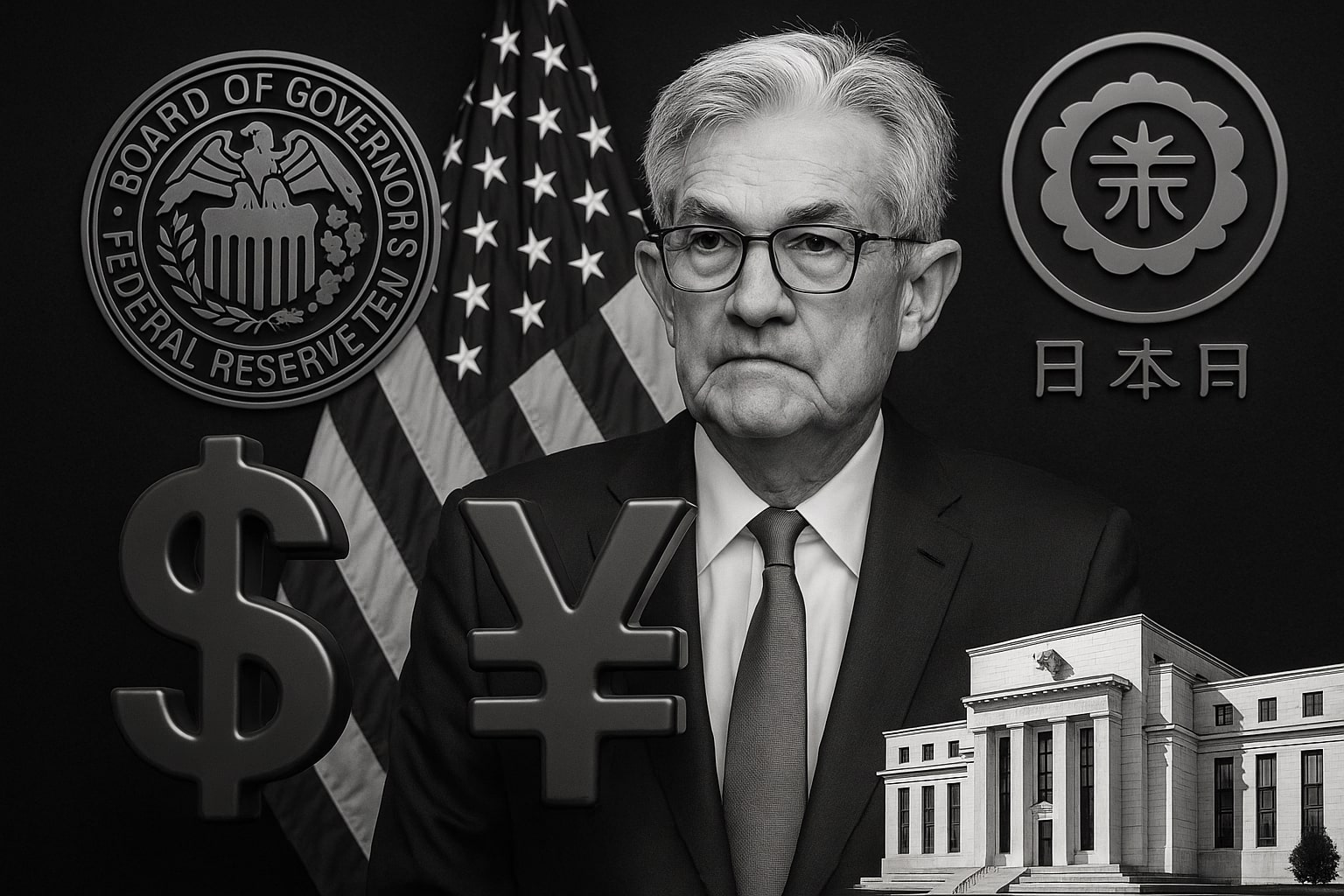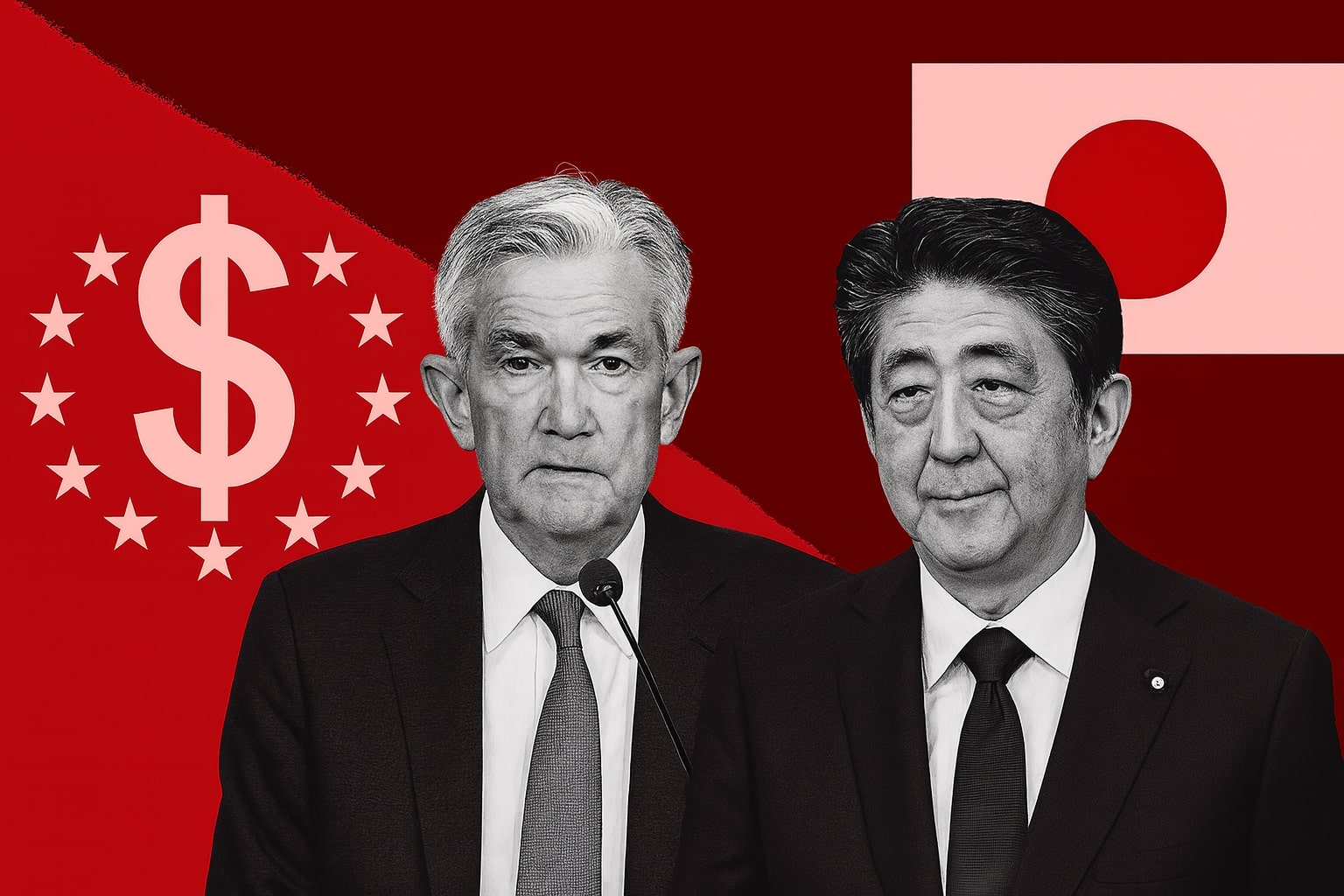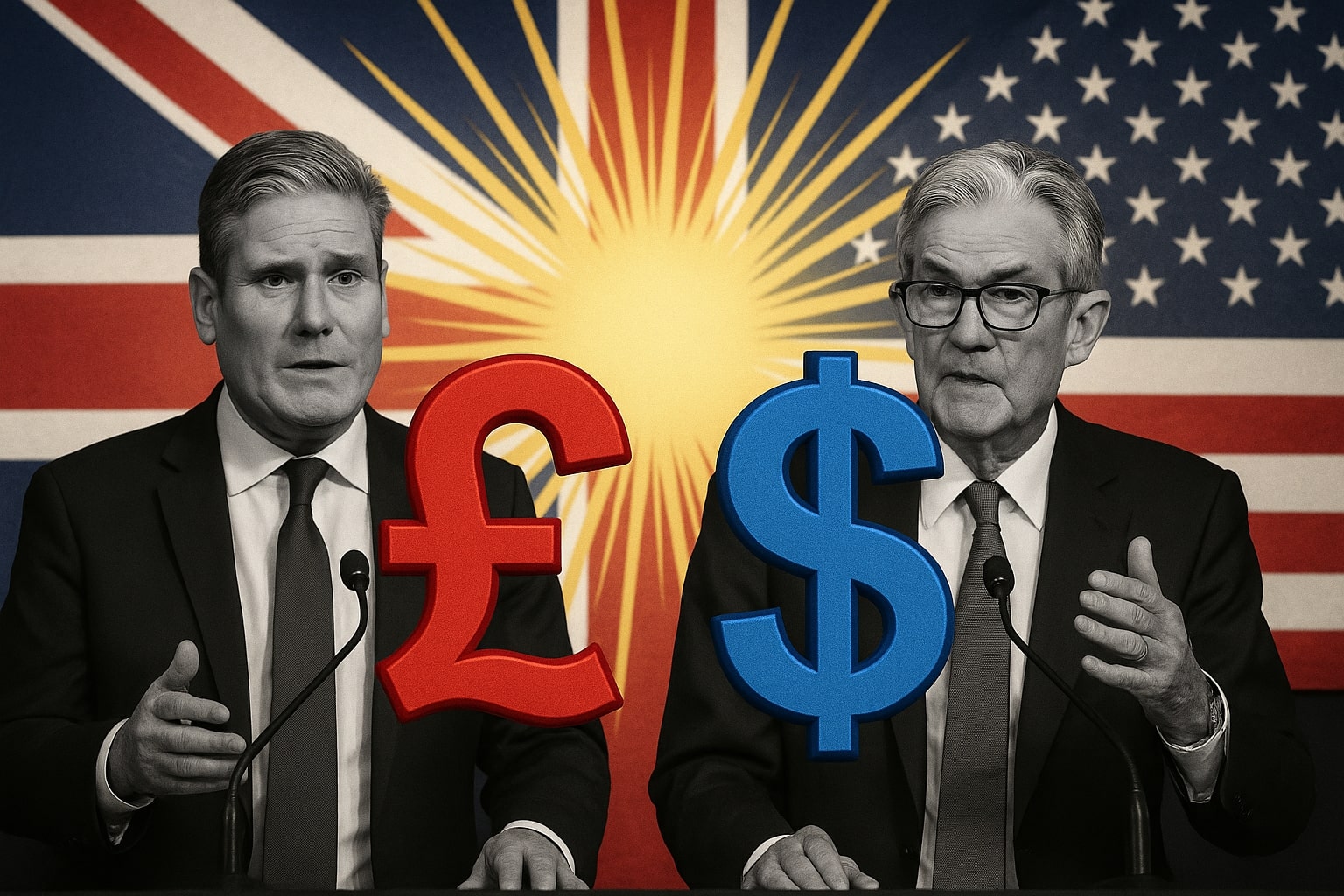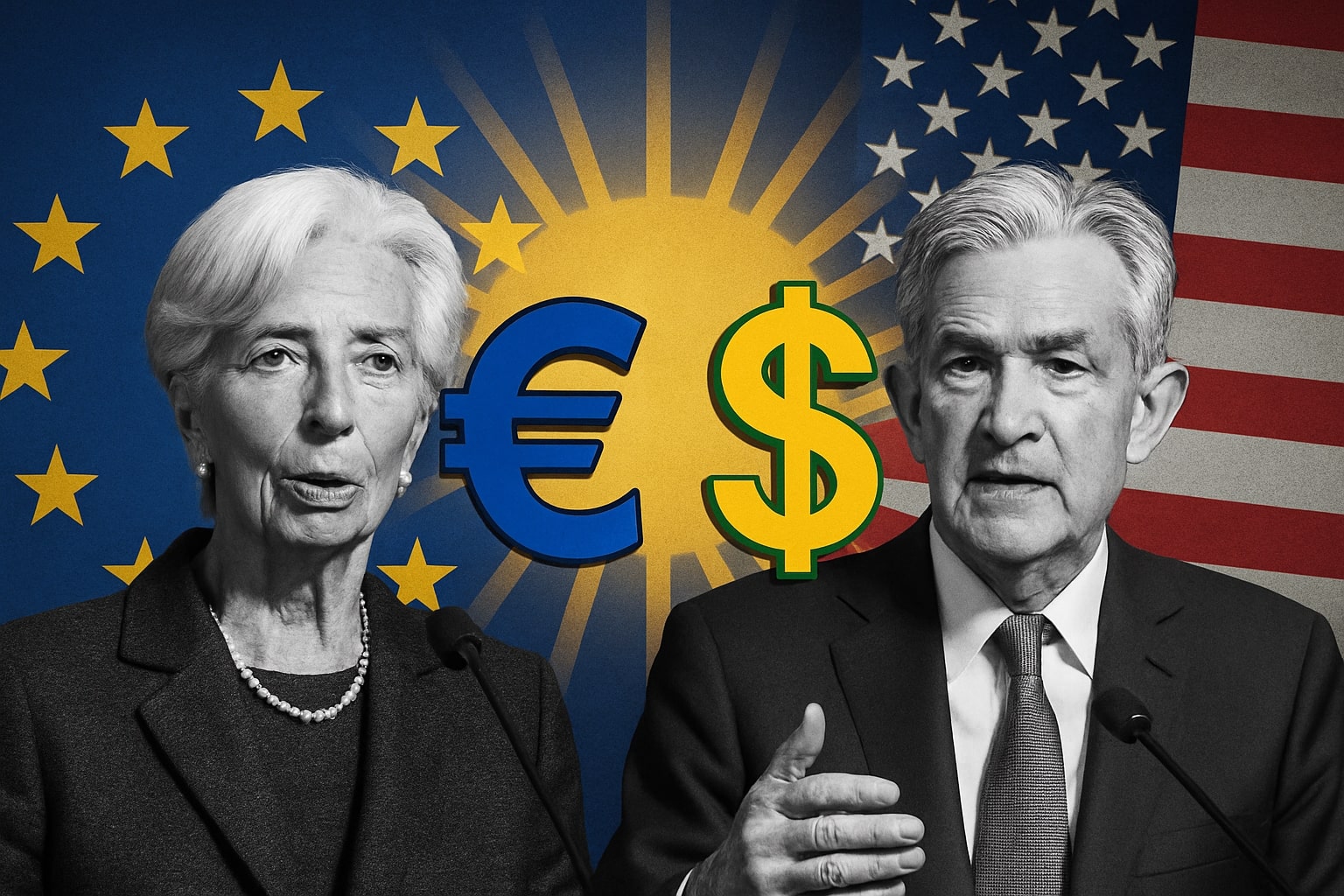France’s Political Crisis Adds to Global Dollar Bid
Compounding the yen’s weakness is Europe’s instability. The resignation of French Prime Minister Sébastien Lecornu and the resulting political vacuum have intensified volatility in European markets. The EUR/USD pair has fallen toward 1.1600, adding further tailwinds to the dollar. The twin crises — in Paris and Tokyo — have amplified global demand for dollar liquidity, particularly as the U.S. government shutdown drags into its second week, freezing parts of financial regulation but not affecting Treasury operations.
The combination of risk aversion, policy divergence, and yield differentials has created the perfect setup for extended dollar strength. Market data shows leveraged funds increasing net long USD/JPY positions by 21,000 contracts last week, the highest build-up since March.
Economic Divergence: Japan’s Fragile Inflation and U.S. Resilience
Japan’s inflation remains far below target, with core CPI growth slowing to 1.8% YoY, down from 2.3% earlier in the summer. Wage pressures have stalled, reducing the BoJ’s confidence in achieving sustainable price growth. Conversely, U.S. core PCE inflation remains above 2.6%, and GDP projections for 2025–2028 were revised higher by the Fed, reflecting robust consumption and business investment. This divergence keeps the real yield gap firmly in the dollar’s favor.
Even with the Fed signaling potential cuts later in 2025, the U.S. Treasury yield curve remains supportive of dollar carry trades. As of this week, the 10-year yield sits at 4.29%, while Japan’s 10-year government bond yields just 0.95%, a spread exceeding 330 bps — ensuring continued yen outflows unless Tokyo intervenes.
Japan’s Policy Dilemma: Intervention Risks and Timing
The BoJ now faces a policy dilemma. Any attempt to tighten monetary conditions risks derailing the fragile recovery, while further inaction may accelerate capital flight and destabilize the yen. Market chatter suggests that Japanese authorities could intervene verbally or directly if USD/JPY breaches 155.00, a level previously described by the Finance Ministry as “excessive.” However, with the U.S. economy still outperforming, direct intervention might only offer temporary relief.
Traders recall that last year’s coordinated interventions around 152.00 temporarily pushed the pair lower by 400 pips — but gains were quickly erased within weeks. For now, Tokyo appears more focused on stabilizing internal fiscal plans than defending the currency, especially amid leadership change.
TradingNews Verdict: USD/JPY – STRONG BUY (Target 155.00, Support 150.50)
The balance of data — political divergence, yield spreads, Fed flexibility, and Japanese policy paralysis — points to continued upside in USD/JPY. The pair’s technical breakout above 150.00 signals the resumption of a long-term bull trend, supported by strong U.S. macro resilience and yen underperformance.
TradingNews assigns USD/JPY: STRONG BUY, with target 155.00 short-term and support at 150.50. Momentum remains decisively in favor of the dollar as investors recalibrate around Japan’s political uncertainty and the Fed’s cautious easing cycle. While overbought signals may trigger intraday pullbacks, the fundamental setup continues to justify a bullish stance through Q4 2025.




















